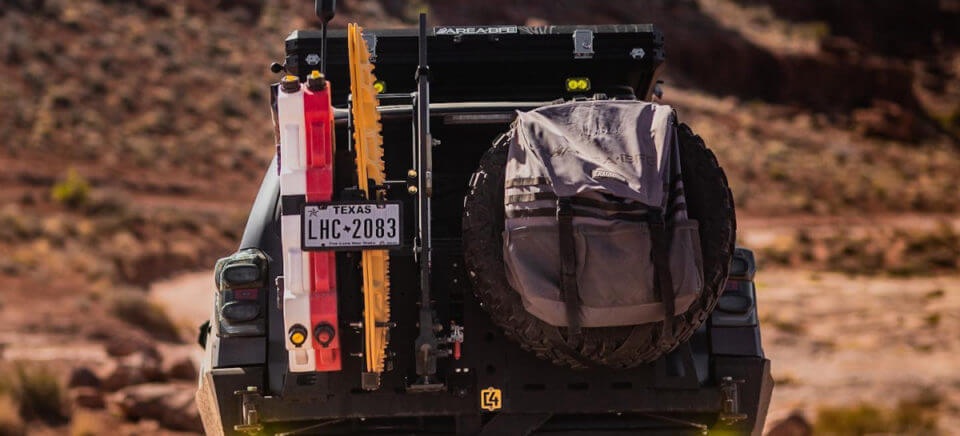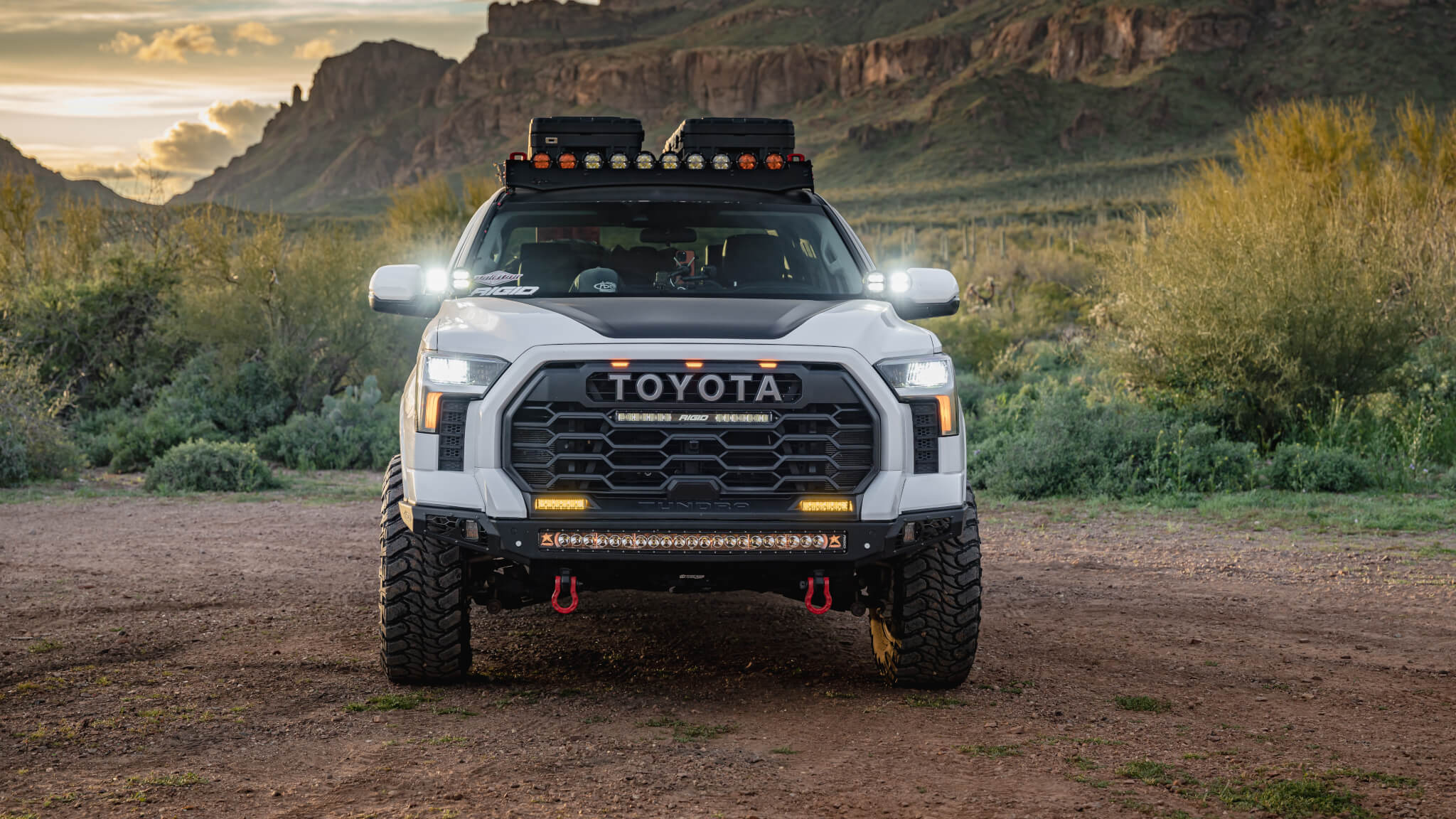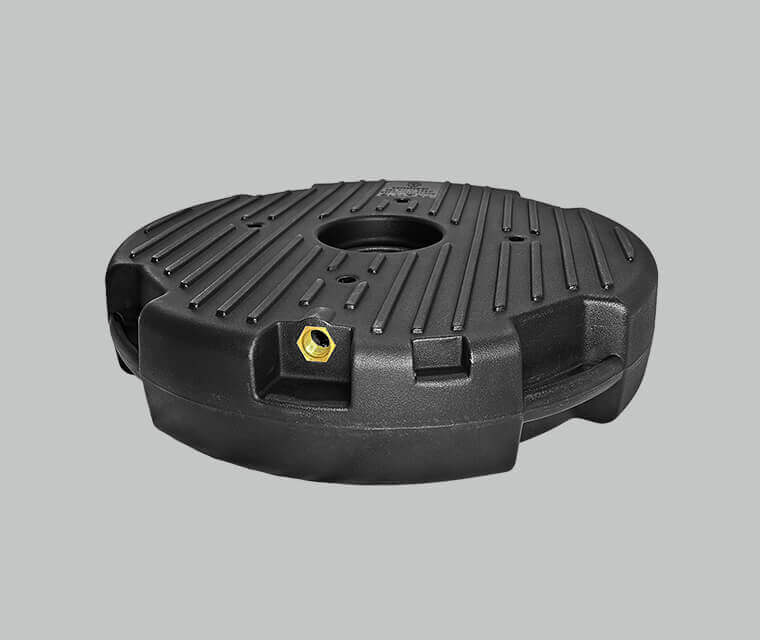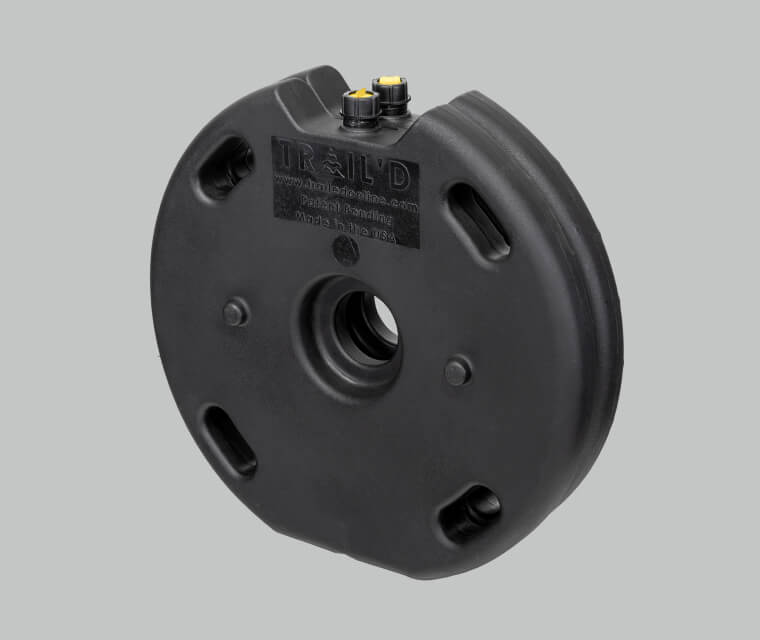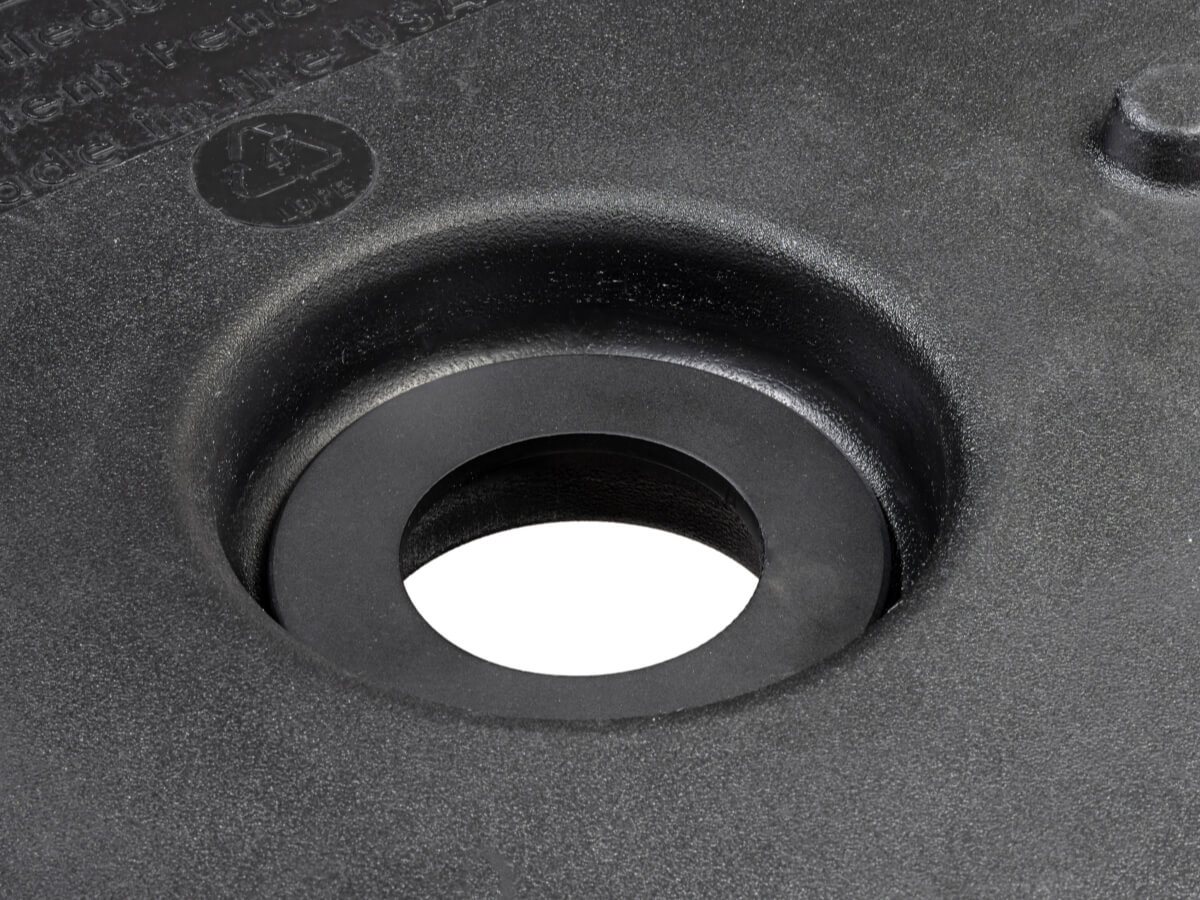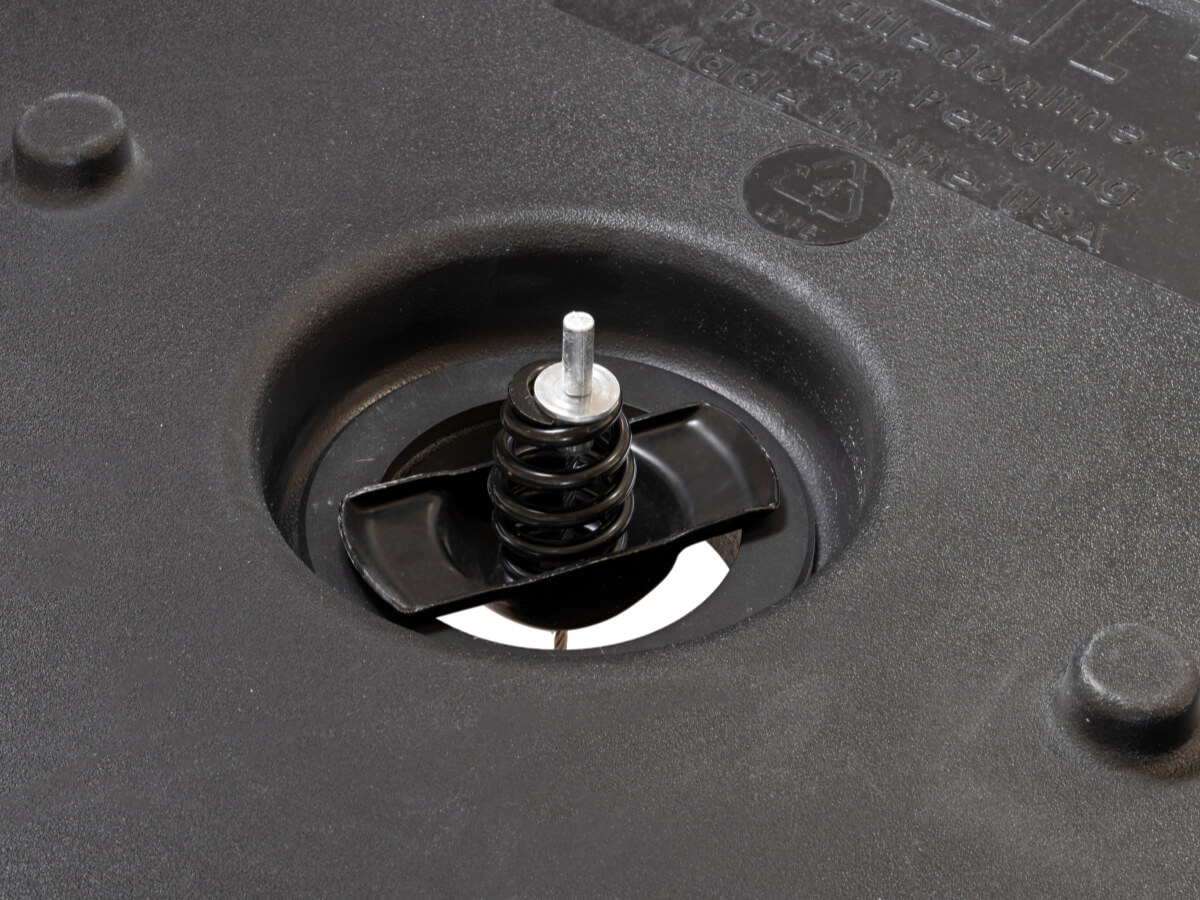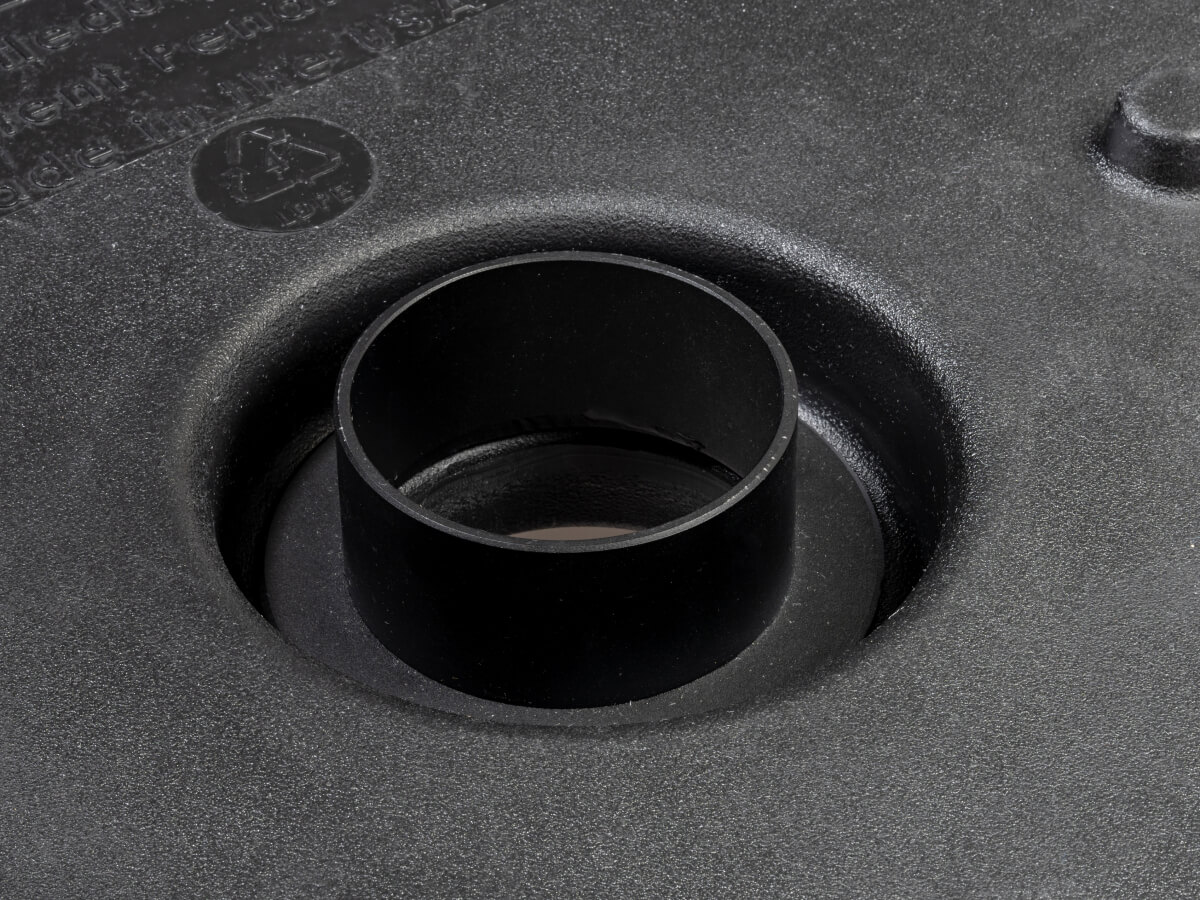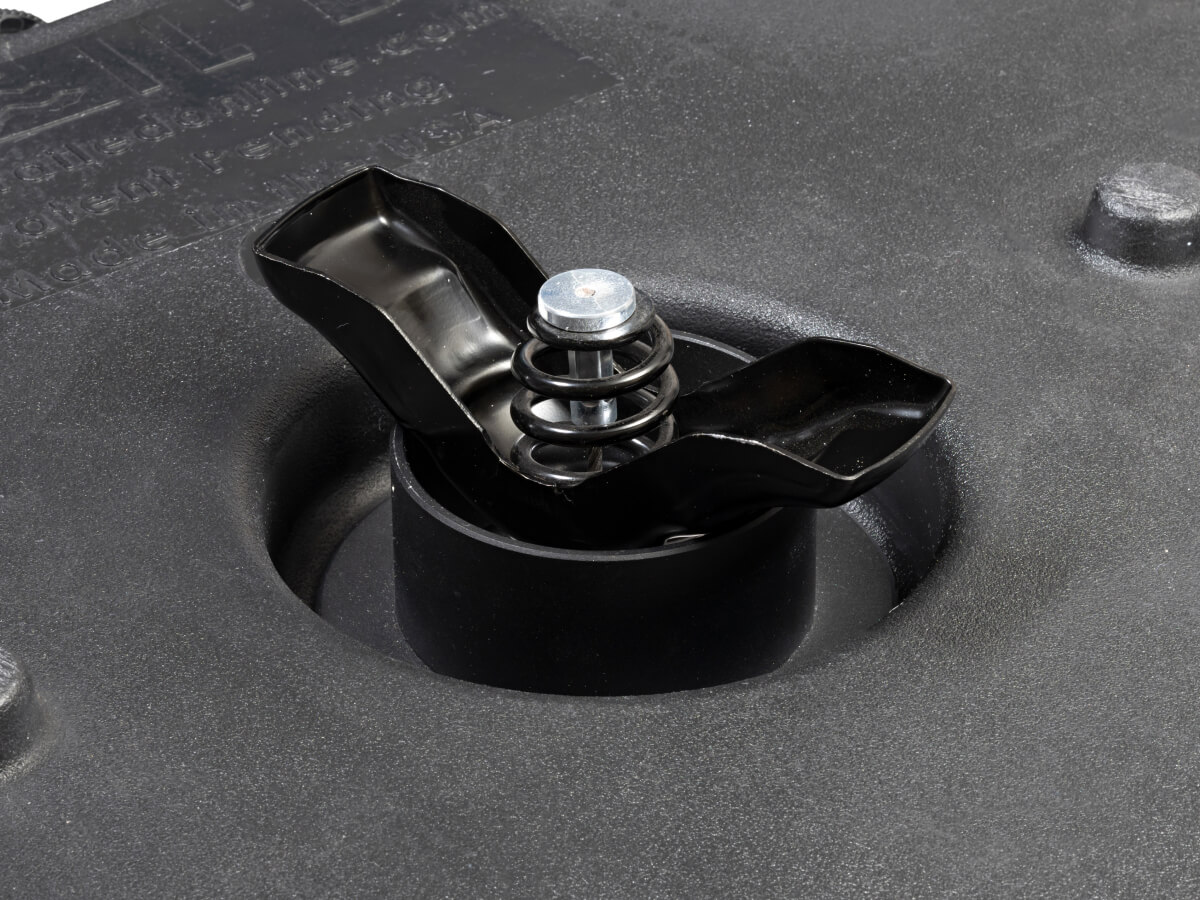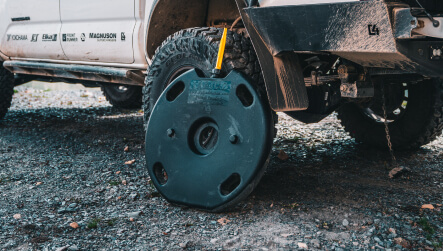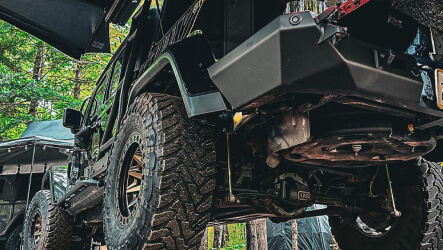Today, we’re going to give you some information that will help if you are new to overlanding or you are just looking for some help with picking a trail that will give you a challenge but not be too difficult.
Overlanding can be exciting, rewarding and a challenge however it can also end up being very stressful if you are not prepared. The first thing that we would highly recommend is that you prepare well:
- Make sure that you focus on the clothes and equipment that you will need depending on the difficulty of the trail and the length of the trip.
- Also be sure to have enough supplies on your journey for both food and water.
- The correct vehicle is an absolute must and if you want to make it a lot easier on yourself you can check out the Trail’d tank so you don’t have to worry about water storage.
- The tank will enable you to take up to 18 gallons of water for your trip and it can be stored in the spare tire slot of your vehicle.
- You can also check out our checklist here that will give you more information on exactly what you need for your first overlanding adventure.
You can also check out this post for an Overlanding beginner’s checklist to help you get started.
Let’s take a look at the best way to pick your first trail – we will give you a general guide that you can use as a checklist and that way it will be easy to see the difficulty of the trail that you have planned.
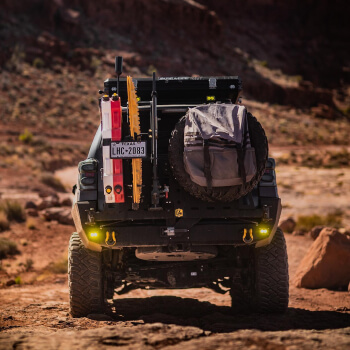
Here are our recommendations when you are picking your first trail for overlanding:
What To Look For In Your First Trail As A Beginner:
Choosing a trail for your first overlanding adventure can be exciting and daunting at the same time. There are many factors to consider, such as the level of difficulty, the length of the trail, and the types of terrain you’ll encounter. To help you choose a trail that’s suitable for beginners, we’ve put together a few tips and considerations to keep in mind.
Research the trail: Before setting out on any trail, it’s important to do your research. Look for information about the trail, including its length, difficulty level, and terrain types. You can often find this information online or from guidebooks and maps.
Consider your skill level: When choosing a trail, consider your own skill level and experience with off-road driving. If you’re a beginner, it’s best to start with an easy or moderate trail that doesn’t require a lot of technical skill or experience.
Look for established routes: Look for established routes that are popular among overlanders and have a clear path to follow. This can help you avoid getting lost or stuck in difficult terrain.
Check the weather: Be sure to check the weather forecast for the area where you’ll be traveling. Avoid trails that are prone to flooding, mudslides, or other dangerous conditions during certain seasons.
Bring the right equipment: Make sure you have the right equipment for the trail, such as recovery gear, a spare tire, and basic tools. Consider bringing a GPS or map to help you navigate the trail.
Choose a well-travelled trail: If you’re new to overlanding, it can be helpful to choose a trail that’s well-travelled and has other overlanders nearby. This can provide a sense of security and support in case of any issues or emergencies.
Start small: When choosing a trail, start small and work your way up to more challenging trails as you gain experience and confidence.
Some examples of beginner-friendly trails for overlanding include:
Mojave Road, California: This historic trail is a popular destination for overlanders and offers a mix of easy and moderate terrain.
Alpine Loop, Colorado: This scenic trail offers stunning mountain views and is suitable for beginners with some off-road driving experience.
Ocala National Forest, Florida: This forest has a network of off-road trails that are suitable for beginners, with easy terrain and plenty of campgrounds.
White Rim Road, Utah: This trail is a popular destination for overlanders and offers scenic views of the Canyonlands National Park. It’s suitable for beginners with some off-road driving experience.
Overall, choosing a trail for your first overlanding adventure can be exciting and challenging. By considering these tips and doing your research, you can find a trail that’s suitable for your skill level and experience and have a safe and enjoyable trip.
Onx Off Road Elite: If you want to make it easier to pick a trail for off-roading or overlanding as a beginner you will find the onX Off Road app can help as it contains all of the best trails in your area, and you will also be able to share them with your friends.
You will get a two months free trial with any purchase of the Trail’d tank.
So, that’s a brief guide on choosing a trail for beginners at overlanding. We hope that these tips and considerations will help you choose a trail that’s suitable for your skill level and experience, and provide you with an enjoyable and safe overlanding adventure.
Remember to do your research, bring the right equipment, and start small to build your confidence and experience. We wish you the best of luck on your overlanding journey and hope to see you out on the trails! Happy overlanding!
Additional Resources:
We thought we would give you a list of additional posts that will help you with overlanding:
Overlanding Checklist – This will help you make sure you have the essentials.
Preparing Your Vehicle For Overlanding – The vehicle is important but so is how you prepare it – check out this post for more.

